If you feel bloated, tired, and irritable and you aren’t sure why, you might be facing a Candida overgrowth.
When all other tests come out normal, it might be time to turn your focus to yeasts. Nope, not the kind that makes bread rise, but the kind that lives in our bodies.
When certain yeasts become overpopulated, it can wreak havoc on our system. Here’s what you need to know about Candida.
In need of a sugar detox?
Click here to get your FREE Sugar Detox Guide + Sugar-Free Recipes!
What is Candida?
Candida, or Candida albicans, is a naturally-occurring yeast that lives inside all of us, residing mainly in our guts, mucous membranes, skin, and vagina. When in balance with good bacteria, it plays a positive role in nutrient absorption, digestion, and other bodily functions.
However, when Candida begins to grow out of control, it can irritate and invade other areas of our body, while taking a serious toll on our immune system. This is officially referred to as “Candida Overgrowth Syndrome” and is caused by a variety of factors ranging from a bad diet to antibiotic use.
If you’ve been feeling extra tired lately or experiencing other odd symptoms you’re not sure may be related to Candida overgrowth, read on.
Five Common Symptoms of Candida Overgrowth

While sometimes yeast overgrowth manifests in easily identifiable symptoms, like in recurrent vaginal yeast or UTI infections, often the signs are much more subtle. Here are the top five symptoms of Candida that you probably didn’t know.
1. Gut Problems
One of the most common symptoms of candida overgrowth, especially in the beginning stages, is digestive trouble. Much of our candida population resides in our guts, so when it gets out of control, we may notice bloating, constipation, or diarrhea. These symptoms might be exacerbated by a simultaneous reduction in good bacteria that keeps our digestion running smoothly. (1)
2. Skin Issues
A small amount of Candida naturally lives on our skin, so when an overgrowth occurs, we may experience acne, eczema, or other skin issues. These can manifest as red, itchy rashes in the folds of our skin, like our armpits, or even as nail fungus. (2)
3. Mood Shifts
Our guts and brains are connected through what researchers call the Gut-Brain Axis. In other words, whatever is going on in our guts can influence our mood and mental state. Studies show that people with bipolar disorder and schizophrenia are more likely to have a history of Candida infections, revealing a possible connection between mental illness and yeast overgrowth. Plus, too much Candida might also impair memory and create other cognitive problems. (3, 4)
4. Chronic Fatigue
You might feel uncommonly tired when you’re suffering from Candida overgrowth. Since the yeast weakens your immune system, an overgrowth can leave you feeling extra lethargic. In extreme cases, you might even feel like you’ve got the flu! (5)
6. Joint Pain
This is an odd one, but if Candida gets out of control, it can actually migrate to your joints to cause inflammation, swelling, and pain. Studies show it can even cause bone infections, which might also feel like pain around your joints. (6)
What Causes Candida Overgrowth?

Candida overgrowth is usually caused by several factors occurring at once. Too many of the following common causes will set the stage for bad bacteria to thrive.
1. Taking Antibiotics
Most people take antibiotics at least once over the course of their lives. While antibiotics are great for battling major infections, taking them can also lead to Candida overgrowth.
Our guts house both good bacteria and bad bacteria. When we take antibiotics, we wipe out both types of bacteria in our system. This can lead to an imbalance in our gut, and Candida can start to take over. This is especially true if you continue to eat a bad diet, or if your immune system is lowered at the same time. (7)
2. Weakened Immunity
Our immune system is our first line of defense against almost every bug – including excess Candida. When your immune system is weakened or compromised, such as when dealing with autoimmune conditions or HIV, Candida can thrive because your natural immunity isn’t strong enough to keep it in check. (8)
3. Undergoing Chemotherapy and Radiation
Candida can also thrive if you’re undergoing cancer treatments like chemo or radiation. Similar to antibiotics, these treatments kill both good and bad bacteria, throwing your internal balance off-kilter. Plus, chemo treatments lower your immune system to further allow Candida to flourish. Unsurprisingly, one study found that up to one-third of patients treated for cancer experience Candida overgrowth. (9)
4. Eating Too Much Sugar
Candida yeasts love sugar. In order to grow, they need regular hits of it. When you consume high amounts of sugar in the form of processed foods and carbs, you can be unknowingly giving them the fuel they need to grow out of control.
5. Diabetes
If you have diabetes, you’re even more at risk for Candida infections. This is due to two big reasons – a suppressed immune system and high blood sugar levels. Since Candida feeds off sugars, this can act as more “fuel” for it to thrive. (10)
6. Using Corticosteroids
People with asthma often take corticosteroids to help battle their respiratory problems. Unfortunately, these drugs – specifically the kind that is inhaled – can increase Candida levels. (11) To help battle this, it helps to swish a little antibacterial coconut oil in your mouth out after using your inhaler.
How to Get Rid of Excess Candida
Since Candida feeds off excess sugar, the best way to get rid of it is to start a Candida diet that avoids sugar and processed carbs. This will essentially “starve” the yeasts so that they die off from lack of sustenance.
You can also supplement with antibacterial herbs and eat antibacterial foods, like coconut oil, to help speed up the process. Wait until after an initial round of natural antibacterials to introduce probiotic foods, like fermented foods, that help restore good bacteria, and immune-boosting herbs to help stave off future infections.
What to Eat and What to Avoid
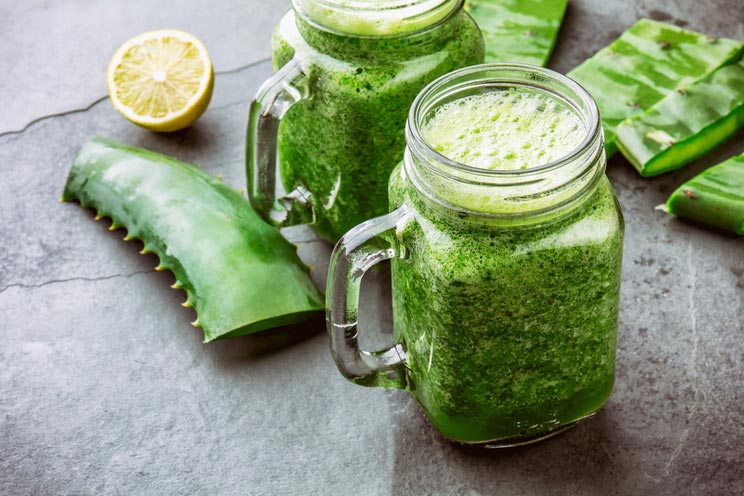
The key when eating to kick Candida is to focus exclusively on whole foods, while avoiding processed sugars, including grains, certain kinds of fruit, and alcohol. Here’s a quick look at what your plate should look like while doing a Candida diet.
Foods to Eat Plentifully: (12, 13, 14)
- Coconut oil
- Aloe vera
- Wild-caught fish, grass-fed beef, and pasture-raised chicken and turkey
- Cruciferous veggies (broccoli, cauliflower, cabbage, Brussels sprouts)
- Leafy greens (kale, dandelion, spinach)
- Non-starchy vegetables (asparagus, zucchini, onions, shallots)
- Herbs and spices (turmeric, oregano, cumin, chili powder)
- Ginger
- Lemon
- Nuts (walnuts, almonds, and Macadamias)
- Seeds (chia, flax, hemp)
- Avocado
- Bone broth
Foods to Eat in Moderation:
- Tomatoes
- Strawberries
- Raspberries
- Blueberries
- Dark chocolate
Foods to Avoid:
- Dairy
- Grains and flours
- Legumes
- Vinegar
- Sugar and natural sweeteners, like maple syrup and honey
- Mushrooms
Three Dietary Ways to Kill Candida
There are a couple of routes you can take to help cleanse excess candida from your system. For every option, remove all refined carbohydrates and all sugar, including fruit.
1. Liquid candida cleanse (1–2 days)
This method involves drinking only water-based, sugar-free soups and teas for a day or two. Your main liquids will be vegetable or bone broths, where you can add antibacterial garlic and onion, as well as plenty of low-starch veggies and greens like kale.
2. Vegetable candida cleanse (3–5 days)
If straight liquids are a little too intense for you, you can also try a vegetable-only cleanse, eating plenty of low-starch, green veggies like broccoli and cauliflower, steamed. Pair these with plenty of raw salads and sautéed greens and veggies like kale, bok choy, onion, radish, and spinach.
3. Candida diet
The Candida diet involves sticking to a more whole-food-based diet for a longer period of time. It’s essentially a Paleo diet, minus the desserts. You will consume lots of veggies, and probiotics like kimchi and unsweetened non-dairy yogurts. This is rounded off with small amounts of wild fish and grass-fed meats, and healthy fats like avocado, coconut oil, nuts and seeds, and olives.
Candida Supplements
You can also add certain supplements to add to your cleanse or diet to help kill off excess yeast and maintain a healthy balance of good bacteria.
Since Candida can flourish in your body when your immunity is low, consider taking immune-boosting herbs like echinacea to strengthen your immune system. (15)
You could also take aloe vera capsules or garlic supplements. Both aloe and garlic can inhibit the growth of certain bad bacteria and help reduce Candida levels. Of course, eating these foods directly is always great as well!
The Bottom Line
Candida can grow easily in your system if you eat too much sugar, or have a compromised immune system. It can be a tricky infection to shake, but it’s possible to do when you eat the right foods. Try cutting back on sugar, and consider taking antibacterial herbs to get your body rebalanced and back on track.
Ready to do a Candida cleanse? Bone broth is the best way to go, and we’ve got you covered with our simple and delicious Paleo Bone Broth Recipes. No need to sip on plain old broth – you’ll enjoy the most delicious cleanse ever when you indulge in healthy recipes like Fire Chili, Ocean Stew, and more. Get your copy HERE.



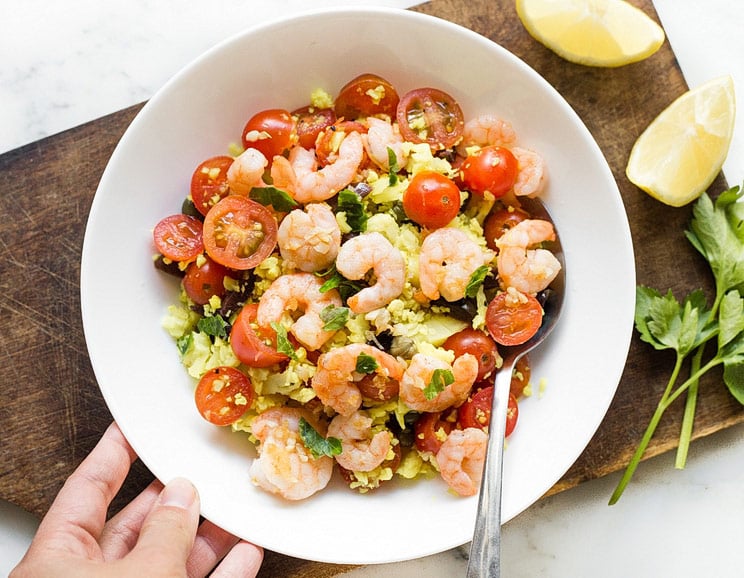 Mediterranean Cauliflower Couscous with Shrimp
Mediterranean Cauliflower Couscous with Shrimp




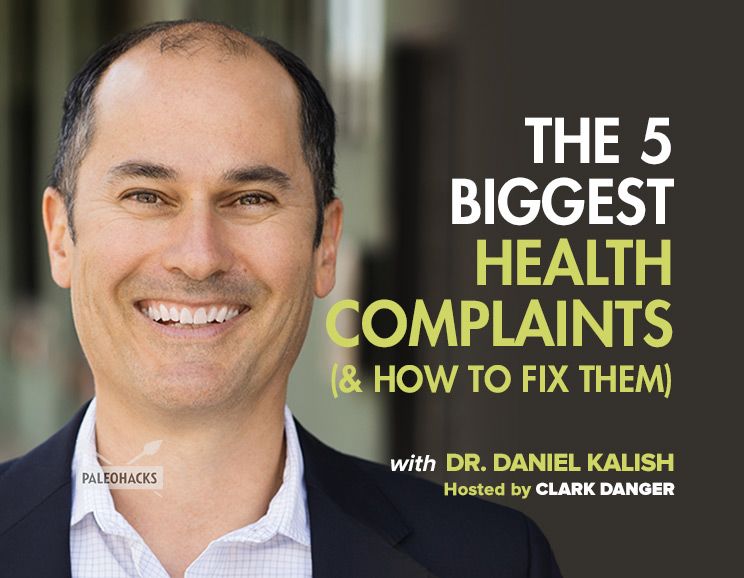
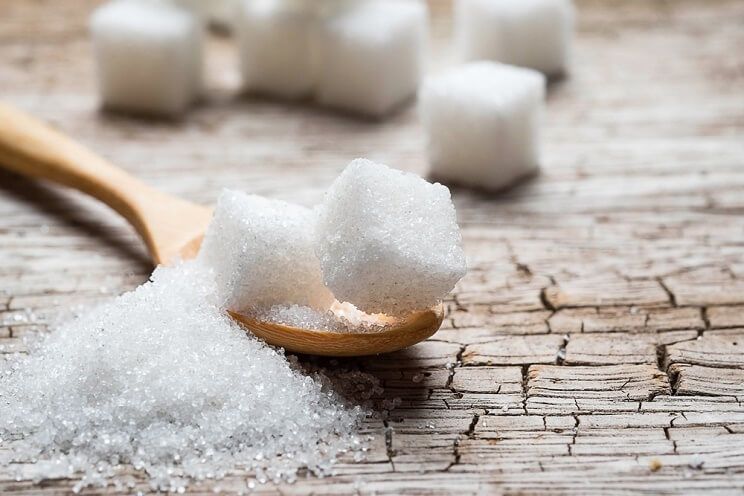
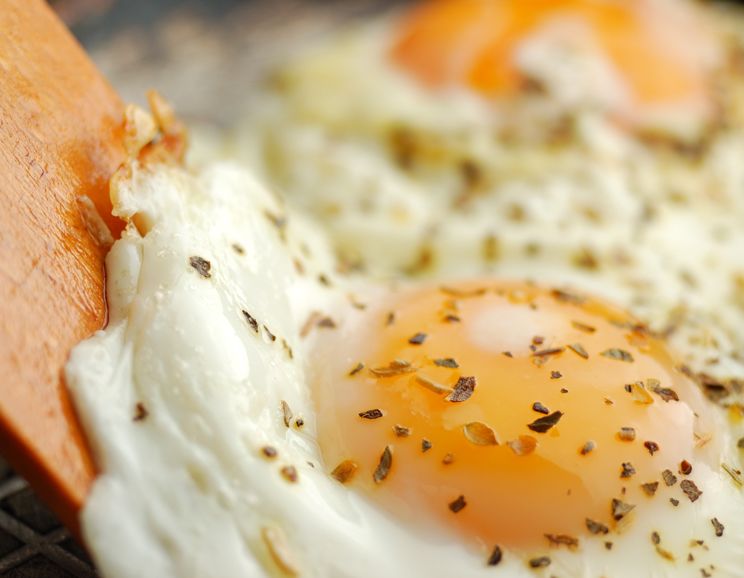

Show Comments